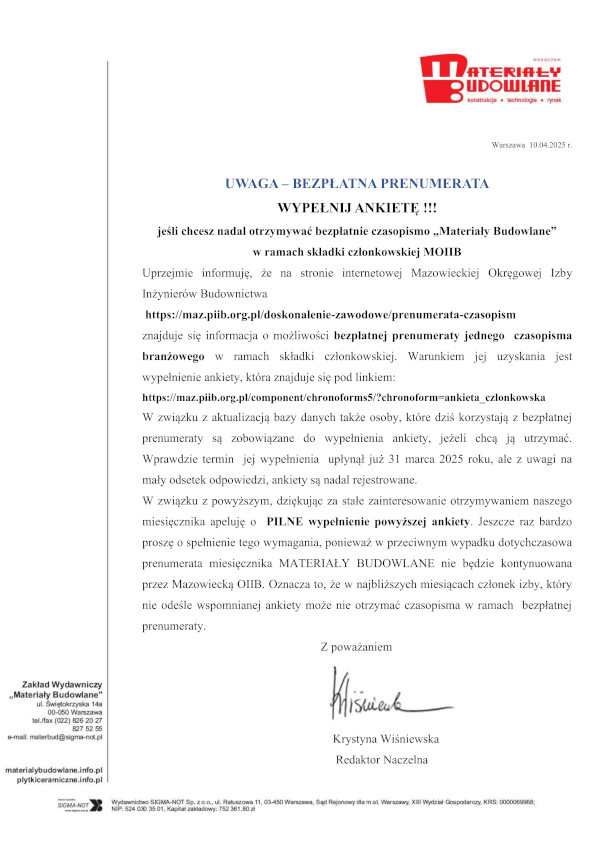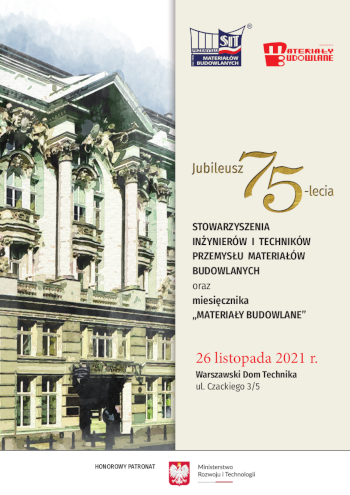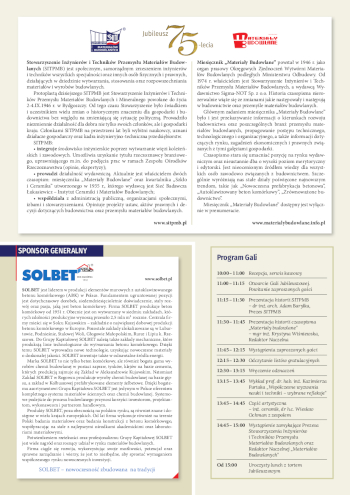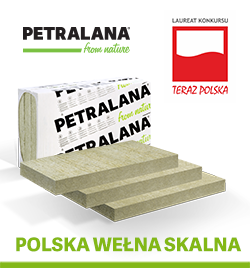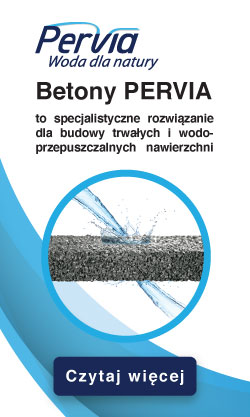Analiza rozkładu temperatury w przegrodzie dwu‑ i trójwarstwowej z wykorzystaniem czujników FBG
Open Access (Artykuł w pliku PDF)
citation/cytuj: Satława A., Juraszek J. Analysis of temperature distribution in a two‑ and three‑layer partition using FBG sensors. Materiały Budowlane. 2025. Volume 634. Issue 06. Pages 56-60. DOI: 10.15199/33.2025.06.06
mgr Anna Satława, Uniwersytet Bielsko-Bialski, Wydział Inżynierii Materiałów, Budownictwa i Środowiska
ORCID: 0009-0001-9627-9063
prof. dr hab. inż. Janusz Juraszek, Uniwersytet Bielsko-Bialski, Wydział Inżynierii Materiałów, Budownictwa i Środowiska
ORCID: 0000-0003-3771-2776
Correspondence address: Ten adres pocztowy jest chroniony przed spamowaniem. Aby go zobaczyć, konieczne jest włączenie w przeglądarce obsługi JavaScript.
DOI: 10.15199/33.2025.06.06
Scientific report / Doniesienie naukowe
Abstract: The regulation WT 2021 allows for a maximum heat transfer coefficient through external partitions U = 0.2 [W/m2K]. However, such a scalar definition of the insulation properties of the partition is often insufficient. The structures of external building partitions are usually multi‑layered. For this type of wall, it is necessary to know the actual temperature distribution inside the partition, which allows for the accurate calculation of the direction and density of the heat flux, as well as the calculation of temperatures on the boundary surfaces to ensure the absence of water vapor condensation. For existing walls and those undergoing modernization, the most effective way to determine such a distribution is to measure temperatures inside the partition using sensors. In the presented article, modern FBG fiber optic sensors were used to measure temperatures inside the partition. They are characterized by high measurement resolution, high reliability and reduce the invasiveness of the tests to a minimum, in relation to classic temperature measurement sensors. The results of the analysis fully confirmed the validity of using FBG sensors for temperature measurement, thus allowing for precise calculation of the temperature distribution inside the partition.
Keywords: FBG temperature sensors; temperature distribution; optical fibers; thermal modernization.
Streszczenie: Rozporządzenie WT 2021 dopuszcza maksymalny współczynnik przenikania ciepła przez przegrody zewnętrzne U = 0,2 [W/m2K]. Takie skalarne określenie właściwości izolacyjnych przegrody jest jednak często niewystarczające. Konstrukcje zewnętrznych przegród budowlanych są zazwyczaj wielowarstwowe. W przypadku tego typu ścian konieczna jest znajomość rzeczywistego rozkładu temperatury wewnątrz przegrody, który umożliwia dokładne obliczenie kierunku i gęstości strumienia ciepła, a także temperatury na powierzchniach granicznych w celu zapewnienia braku wykraplania pary wodnej. Natomiast w przypadku ścian już istniejących i poddawanych modernizacji, najbardziej skutecznym sposobem określenia takiego rozkładu jest pomiar temperatury wewnątrz przegrody za pomocą czujników. W przedstawionym artykule do pomiaru temperatury wewnątrz przegrody wykorzystano nowoczesne czujniki światłowodowe FBG. Charakteryzują się one dużą rozdzielczością pomiarów, dużą niezawodnością oraz ograniczają do minimum inwazyjność prowadzonych badań w porównaniu z klasycznymi czujnikami pomiaru temperatury. Wyniki przeprowadzonej analizy w pełni potwierdziły zasadność stosowania czujników FBG do pomiaru temperatury, pozwalając tym samym na precyzyjne obliczenie rozkładu temperatury wewnątrz przegrody.
Słowa kluczowe: czujniki temperatury FBG; rozkład temperatury; światłowody; termomodernizacja.
Literature
[1] Chaluvadi V Naga Bhaskar, Subhradeep Pal, Prasant Kumar Pattnaik, (2021) Recent advancements in fiber Bragg gratings based temperature and strain measurement, Results in Optics, Volume 5, 2021, 100130, ISSN 2666‒9501. DOI: 10.1016/j.rio.2021.100130
[2] Bao XY, Liang C. (2012) Recent progress in distributed fiber optic sensors. Sensors 2012, 12: 8601–863. https://doi.org/10.3390/s120708601
[3] Kersey AD. A (1996) Review of Recent Developments in Fiber Optic Sensor Technology. Opt. Fiber Technol. 1996; 2: 291–317. https://doi. org/10.1006/ofte.1996.0036
[4] Othonos A, Kyriacos K. (1999) Fiber Bragg Gratings: Fundamentals and Applications in Telecomunications and Sensing; Artech House Print on Demand: Norwood, MA, USA, 1999; ISBN 089006-344-3. DOI: 10.1063/1.883086
[5] Ahola S, Lahdensivu J. (2017), Long term monitoring of repaired external wall assembly. In Proceedings of the 11th Nordic Symposium on Building Physics (NSB2017), Trondheim, Norway, 11–14 June 2017. https://doi. org/10.1016/j.egypro.2017.09.635.
[6] Marino BM, Muñoz N, Thomas LP. Calculation of the external surface temperature of a multi‑layer wall considering solar radiation effects. Energy Build., 2018; 174, 452–463. DOI: 10.1016/j.enbuild.2018.07.008
[7] Minardo A, Bernini R, Zeni L. (2014), Distributed Temperature Sensing in Polymer Optical Fiber by BOFDA. IEEE Photonics Technol. Lett. 2014; 26: 387–390 DOI: 10.1109/LPT.2013.2294878
[8] Juraszek J, Antonik‑Popiołek P. (2021) Światłowodowe czujniki FBG do monitorowania temperatury przegród budowlanych. Materials, 14 (5), 1207. https://doi.org/10.3390/ma14051207
[9] Juraszek J. (2020) Fiber Bragg Sensors on Strain Analysis of Power Transmission Lines. Materials 2020; 13: 1559 https://doi.org/10.3390/ma13071559
[10] Antonik‑Popiołek P. (2021). Infl uence of solar radiation to the temperature inside a three‑layer partition in winter season. Acta Sci.Pol. Architectura, 2021; 20 (2), 75–82. DOI: 10.22630/ASPA.2021.20.2.16
Received: 10.02.2025 / Artykuł wpłynął do redakcji: 10.02.2025 r.
Revised: 24.03.2025 / Otrzymano poprawiony po recenzjach: 24.03.2025 r.
Published: 24.06.2025 / Opublikowano: 24.06.2025 r.
Materiały Budowlane 06/2025, strona 56-60 (spis treści >>)


